#ballbrothersglasscompany
Explore tagged Tumblr posts
Text
Fieldwalk at Minnetrista
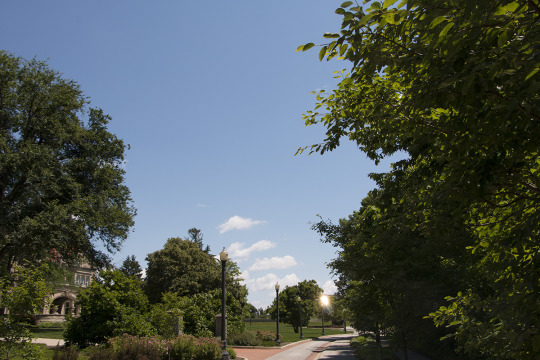
Introduction - Meredith
On Tuesday, June 25, 2019, members of the Muncie Memories team conducted a fieldwalk at Minnetrista, mainly in the Oakhurst section where the Ball Brothers’ homes stand. In the following accounts by Kai, Katie, and Ellie, the reader will notice the use of words such as “beautiful,” “magical,” and “peaceful.” Minnetrista is indeed a world set apart. The significance of which is not lost on this writer.
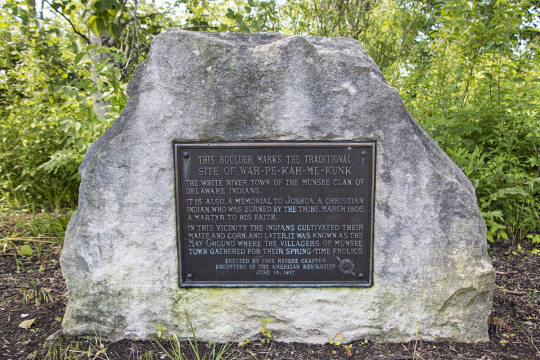
Following the discovery of natural gas in the midwest, the Ball family decided to open a branch of its Ball Brothers Glass Company located in Buffalo, NY in a midwest city that had access to this new cheap fuel source. After considering such places and Findlay and Bowling Green, OH, Frank Ball was invited to tour Muncie by James Boyce, a Muncie industrialist. At the visit with Boyce and the “Citizens Committee,” Frank was offered land southeast of Muncie provided by the “Heekin syndicate” and other incentives. Taking the offer, the Ball Brothers Glass Company started construction in Muncie during the summer of 1887.
During the period from 1888 - 1897, each of the Ball Brothers (Frank Clayton Ball, Edmund Burke Ball, Lucius Lorenzo Ball, William Charles Ball, and George Alexander Ball) relocated in Muncie. In 1894, Frank, E.B., and George purchased 30 acres of land above the White River. This property was christened Minnetrista. This name, a neologism, was made by combining the Sioux word “mna,” meaning water, and the English word “tryst,” meaning for the Balls, a gathering place. Here, the brothers built their homes, their impressive mansions.
Four of the five Ball homes are listed in the Indiana Historic Sites and Structures Inventory for their “outstanding” representations of each of their architectural styles. Each of the homes reflects the individuality of each brother, with styles spanning Tudor Revival, Shingle Style, Colonial Revival, and Late Victorian.
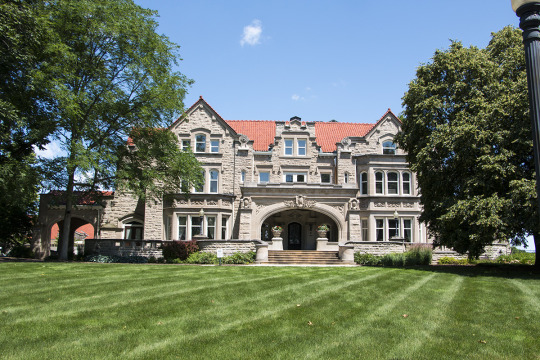
Now, Minnetrista comprises the historical district with the Ball brothers’ homes, a cultural center, and a nature area. At the suggestion of Margaret Ball Petty, daughter of Frank C. Ball, to build a museum in Muncie, the project developed into the Minnetrista Cultural Center. The aim of the Center is to preserve the cultural heritage of the region.
For more thorough information on Minnetrista, visit the Historic Muncie: Preserving Middletown’s Neighborhoods site, which provides an in-depth account of its construction.
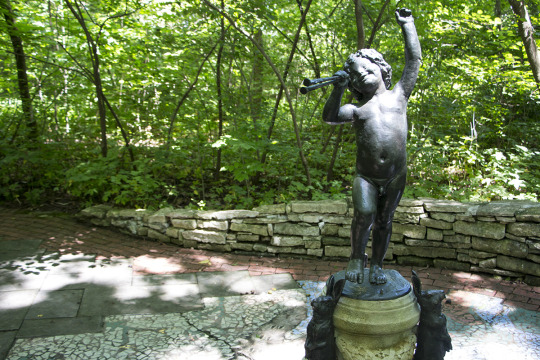
Tranquil Walk - Kai
Walking through Minnetrista, I found myself intoxicated with the beautiful sounds of nature paired with earnest footsteps. As I explored the trails, I enjoyed the exterior architecture of the various Ball Brother houses. I felt as if I had stepped out of the Muncie I had always attached to its name. “Minnetrista” even sounds like a fairytale! I felt like a kid again when the only outside sound other than invisible animals were cars driving by in the distance.
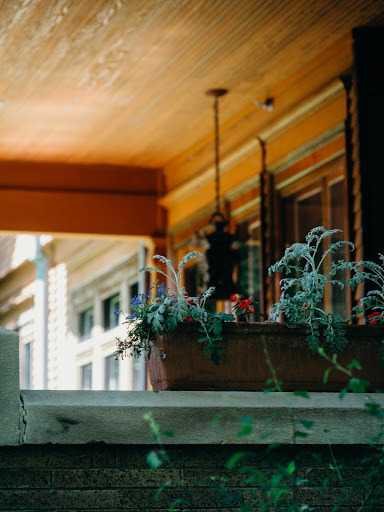
Each house was vastly different than the next, despite this, each had a familiar quality. I felt as if I could just walk in and make myself at home. There was not much of a way to peer into the houses, but the many windows implied that the natural lighting poured into the old mansions. Due to the degree of care still being put into the appearance of these buildings, it is very possible to imagine the rich activity the once occurred here. I feel as though the photographs I captured could not attempt to do Minnetrista justice. This type of atmosphere demanded the intentionality and deliberate attention of a painting. This environment felt like a rural masterpiece.


A Stroll Down Minnetrista Boulevard - Katie
Minnetrista is filled with breathtaking scenery. For our field trip, we focused on the historical homes of the Ball family. While traveling down Minnetrista Boulevard, the homes we encountered were architectural marvels. It was clear to see that no expense was withheld in creating these timeless homes. No home was like, with each drawing different inspiration. For example, Maplewood was most likely influenced by classical architecture.
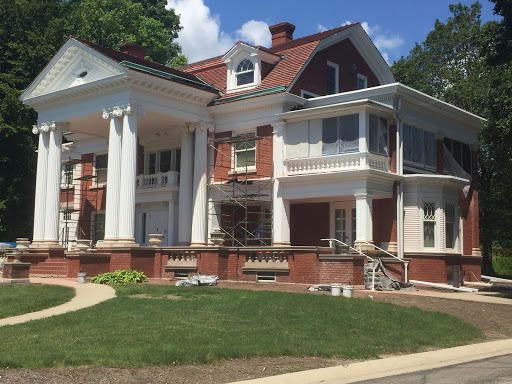
One of the highlights of our exploration was the courtyard behind Oakhurst. Walking through it almost felt magical. The brick paths had mosaic images at crossroads that hinted at the personality of the owner. At one intersection, there was an image of what I could only assume was her family with toys depicted farther to the left. Another intersection showed fairies with butterfly wings. The might be to her loving butterflies. We ended our adventure in the Backyard Garden, enjoying the various fish swim in the pond.
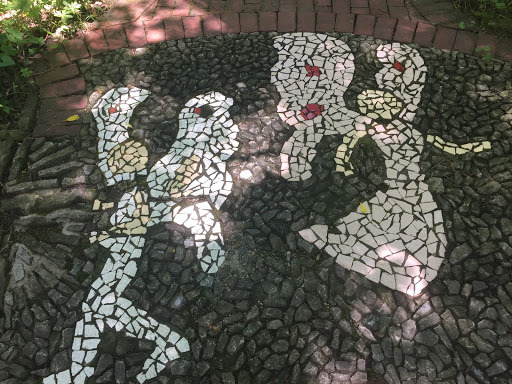
A Path to Where You Want to Lead - Ellie
Between the Oakhurst House and Maplewood House, I discovered an offset path. Once I entered the path, I was astounded. I felt I had entered a different world, like the film Bridge to Terabithia, wherein the main characters discover a path to the magical world of Terabithia. I saw the trees grow tall, covering the sunny sky enough to create a balance of light and dark, allowing an enchanting and mesmerizing forest path scene. I could hear the frequent chirping from the birds in the trees and buzzing of insects as I stood with eyes closed in the middle of the path. I became intoxicated with sound and the lovely nature visuals surrounding me. I even sat down to try to discover more sounds and sites that I may be missing from being indoors all the time. I detected a silvery spider web hanging from a branch and black dragonflies flying in front of me. It was an enjoyable experience as I kept walking down the path, wondering what kind of scenery I would discover at the end. At the end of the path, I saw a beautiful bright garden beside a stone path with a wooden pergola covering on top. I even noticed a cute black bench under the pergola. It looked like a lovely spot to sit and read. It was a breathtaking sight as I could imagine a situation in which I can peacefully sit and go on many book adventures.
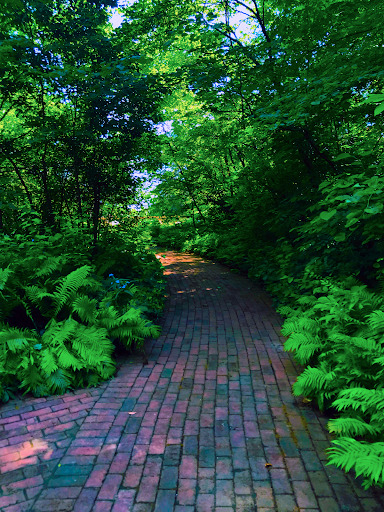
After I left the garden, I learned the offset path is called “Aunt Emma’s Path” from a small sign at the exit of the path. This path was created and named “Aunt Emma’s Path” because of Aunt Emma, who lived in the Maplewood House and would go on walks to visit Frances. The sign also asked, “if you could build a path to visit anyone, anywhere, who would you visit?” It made me think about what I had experienced earlier on the path. The path leads me to a magical world where I could sit and peacefully read and go on book adventures, while it was a path to a friend of Aunt Emma. Even though my path is not used to meet another person at the end, I felt like the path I took helped me unearth who I am and reconnected me to senses of adventure and imagination.

0 notes